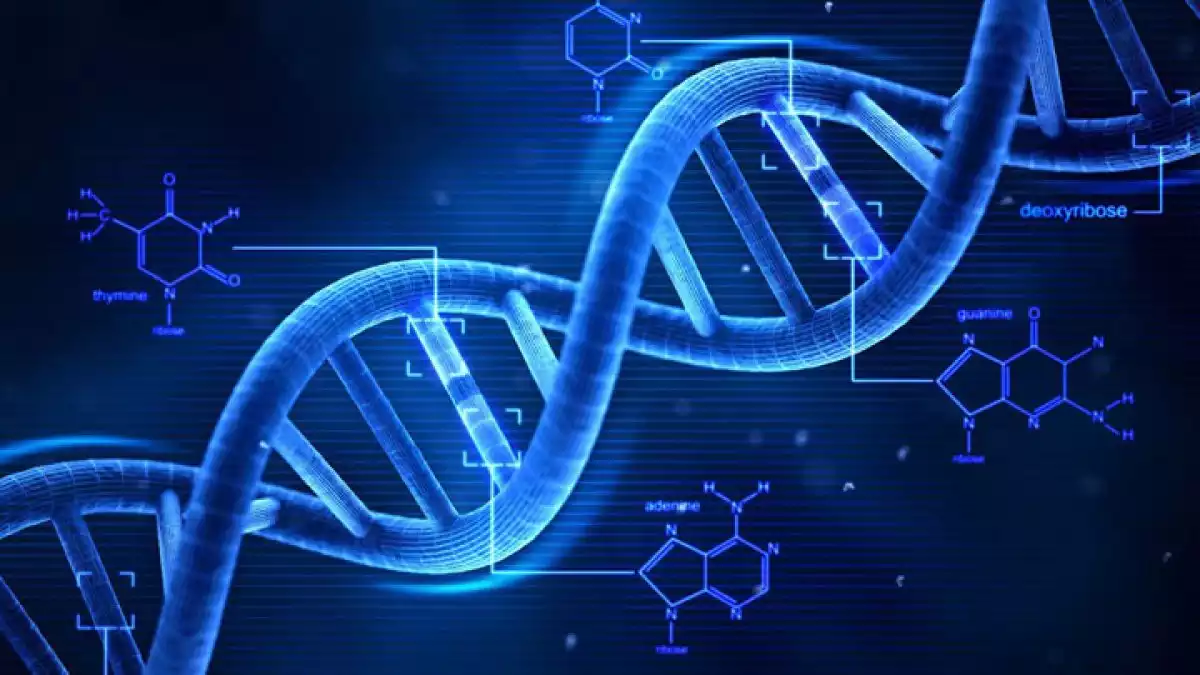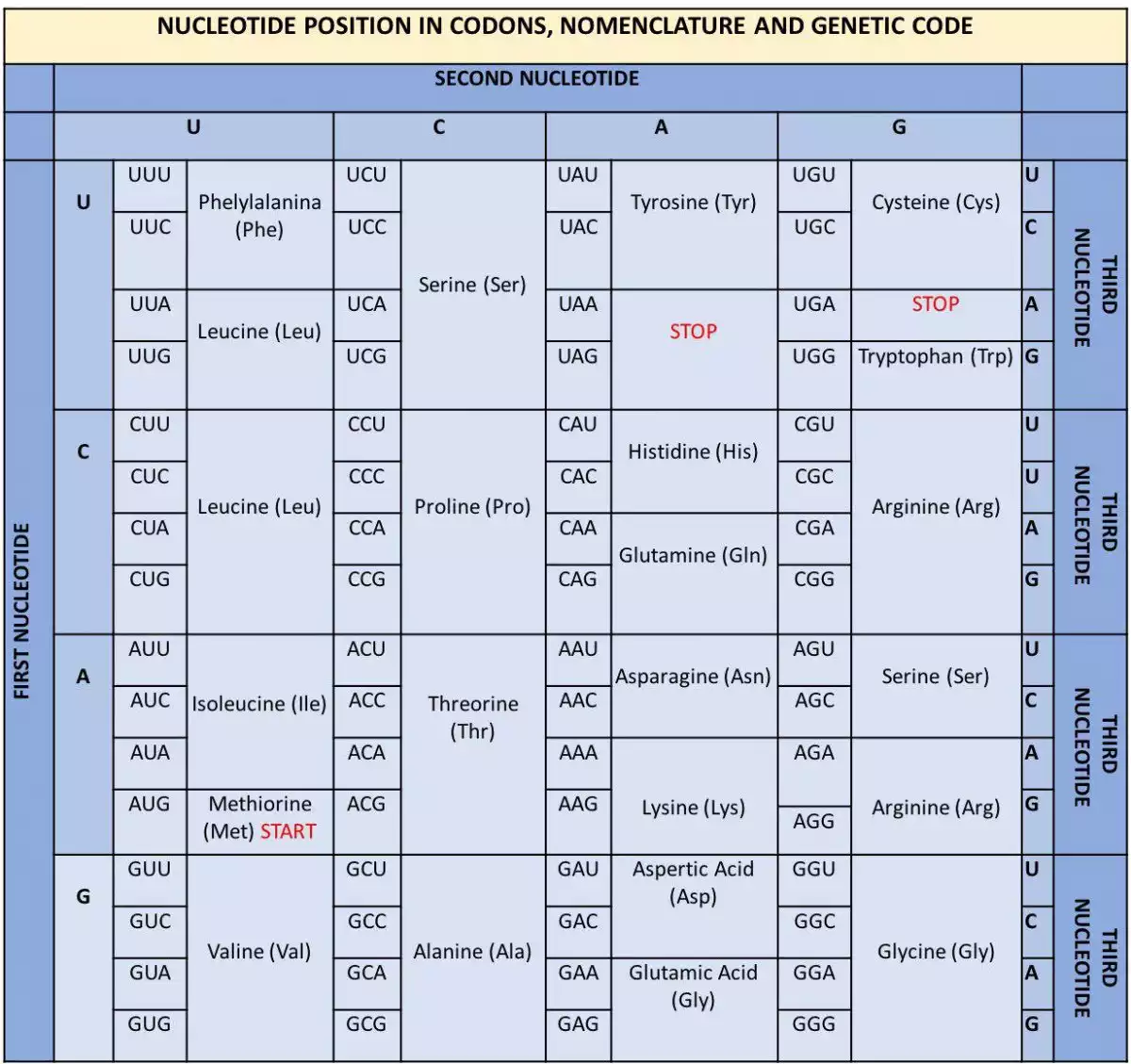
Amino acids are considered one of the fundamental components of human beings. They are divided into two main types: essential —or obtained through food— and non-essential or synthesized by the body itself.
In this article, we will talk about what they are and the main types, as well as their benefits and the foods that contain them.
What are amino acids?
Amino acids are organic compounds essential for human metabolism that make up proteins: the basic components of all living beings. They are made of carbon, hydrogen, oxygen, nitrogen and in some cases also sulfur.
The term 'amino acid' comes from the amino group and the acid group that are the most reactive parts of the molecule. Compounds that are important for biology are called alpha-amino acids because the amino group is attached to the alpha carbon atom —the one adjacent to the carboxyl group.
A characteristic chemical reaction involves the formation of a bond, called a peptide bond. Therefore, long chains can be bonded to form proteins.
Amino acids structure
All of them have a similar structure: each contains anamino group (-NH2), an acid group (-COOH), a hydrogen atom (H) and a fourth group —which usually differs from one amino acid to another— called the -R group or side chain. This last group makes proteins more complex than carbohydrates or lipids.
The distinctive side group identifies each amino acid and gives it characteristics that attract or repel it from surrounding fluids and other amino acids. Some carry electrical load and are attracted by water molecules (hydrophilic), while others are neutral and repelled by water (hydrophobic).
The characteristics of this group (shape, size, composition, electrical charge, and pH), as well as their sequence, work together to determine the specific function of each protein.

List of amino acids (essential and non-essential)
The body has 20 different types of amino acids that are divided into 2 main categories: essential and non-essential. Under normal conditions, 11 of them are non-essential and 9 are essential.
The non-essential ones are those that the body can synthesize for itself as long as there is enough nitrogen, carbon, hydrogen, and oxygen available in it. These include arginine, tyrosine, glycine, serine, glutamic acid, aspartic acid, taurine, cysteine, histidine, proline, alanine, and creatine, which is a combination of arginine, glycine, and methionine.
Some of the roles of certain non-essential amino acids such as glycine and glutamic acid include facilitating the release of oxygen in the creation of cells and accelerating the healing of ulcers, among many other functions that they can perform.
The essential ones, on the other hand, are those supplied through the diet and can only be obtained by ingesting certain types of food, since the human body cannot produce them by itself or not in sufficient quantities. These are tryptophan, lysine, methionine, phenylalanine, threonine, valine, leucine, and isoleucine.
The different types perform different functions, which are explained below.
1. Tryptophan
This type has relaxing effects, helps relieve insomnia, helps in the treatment of migraine headaches, reduces the risk of arterial and heart spasms, and along with lysine helps reduce cholesterol levels.
2. Lysine
Lysine helps in the adequate absorption of calcium, in the formation of collagen for bone cartilage and connective tissues, and in the production of antibodies, hormones, and enzymes. Research has indicated that it may also be effective against herpes by creating the balance of nutrients that slows the growth of the virus that causes it. A deficiency can lead to fatigue, poor concentration, irritability, bloodshot eyes, stunted growth, hair loss, anemia, and reproductive problems.
3. Methionine
The properties of this amino acid include providing the primary source of sulfur that can prevent hair, skin, and nail disorders, reduce cholesterol by increasing lecithin production in the liver, reduce liver fat, protect the kidneys, and promote hair growth.
3. Phenylalanine
It helps the brain produce norepinephrine, the chemical that is responsible for transmitting signals between nerve cells and the brain. It also helps maintain alertness, reduces hunger pangs, acts as an antidepressant, and improves memory.
5. Threonine
It forms a substantial portion of collagen, elastin, and enamel protein, protects the liver, helps the digestive and intestinal tracts function better, and acts as a trigger for metabolism.
6. Valine (branched-chain)
Boots mental energy levels, helps with muscle coordination and is a natural tranquilizer.

7. Leucine (branched-chain)
It works with isoleucine to provide the creation of essential biochemical processes in the body that are used for energy, increasing the stimulants of the higher brain for greater mental alertness.
8. Isoleucine (branched-chain)
The composition of this essential amino acid is similar to that of leucine and is considered the precursor of pyruvic acid, which plays an important role in our body's metabolism.
It also helps our body to facilitate the burning of fat —an action that usually perform all branched-chain amino acids. As in leucine, isoleucine eliminates storage fat during exercise because it promotes its use as a source of energy.
Amino acids foods
A complete protein is one that contains enough essential amino acids for growth and repair of body tissue. We consume many foods that contain them.
Most proteins from animal sources, gelatine being the only exception, contain all the essential natural amino acids and are therefore considered complete proteins. These include chicken, fish, eggs, dairy products, beef, and pork.
With the increasing popularity of vegetarian diets, vegetable sources of protein are more used. Such sources include beans, peas, soy, nuts, and seeds.
Although vegan and vegetarian protein sources generally lack one or more of the essential amino acids, when combined with whole grains such as rice, or by eating nuts or seeds with legumes, all amino acids can be obtained.
Dietary supplements
On the other hand, there are some amino acid supplements such as glutamine that are available as capsules, tablets or powders and are mainly used to help increase memory or maintain the immune system.
Supplements of branched-chain amino acids or BCAA, on the other hand, are used in sports nutrition to help burn fat, decrease body pain or recovery from intense exercise.
Supplements are recommended for those who don't have a proper diet, especially vegetarians who may not get a full protein balance, as well as athletes, anyone under severe stress, and people who consume great amounts of alcohol.
References
Bronstein, L. B. (2004). Amino Acid. In K. L. Lerner & B. W. Lerner (Eds.), The Gale Encyclopedia of Science (3rd ed., Vol. 1, pp. 160-163). Detroit: Gale.
Himburg, S. P. (2004). Amino Acids. In D. C. S. James (Ed.), Nutrition and Well-Being A to Z (Vol. 1, pp. 36-38). New York: Macmillan Reference USA.
Holme, T. A. (2004). Amino Acid. In J. J. Lagowski (Ed.), Chemistry: Foundations and Applications (Vol. 1, pp. 44-45). New York: Macmillan Reference USA.
Spehar, J., & Odle, T. G. (2005). Amino Acids. In J. L. Longe (Ed.), The Gale Encyclopedia of Alternative Medicine (2nd ed., Vol. 1, pp. 71-74). Detroit: Gale.
